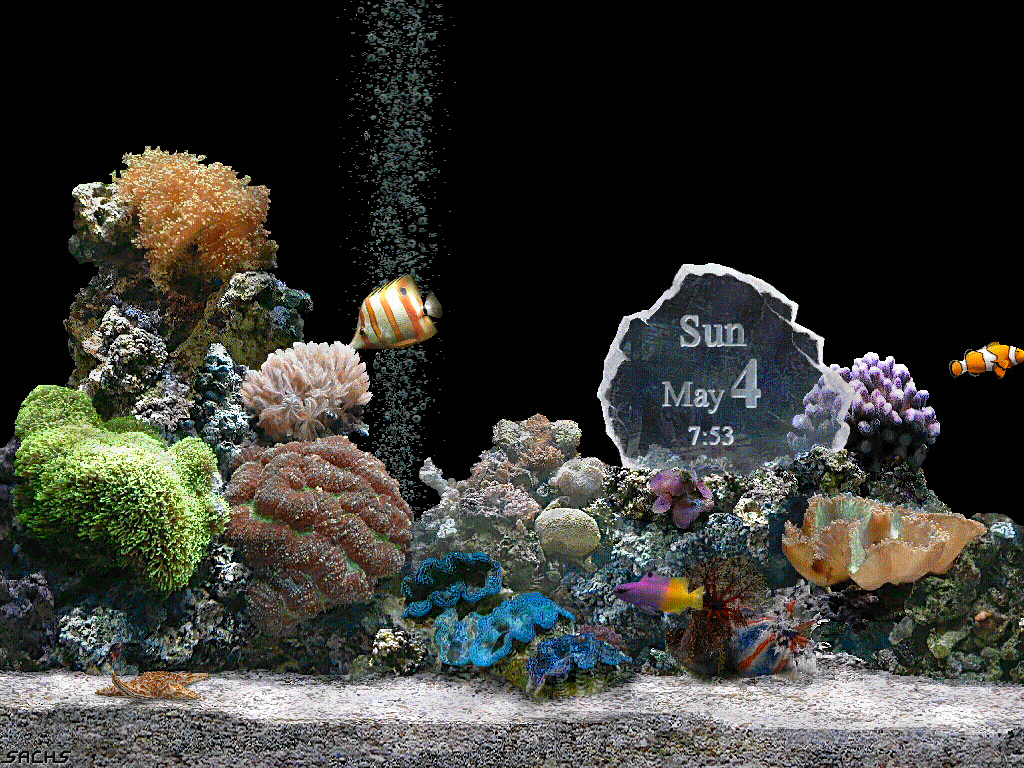

The aquarium should be installed away from windows exposed to sunlight, to avoid invasive growth of undesirable algae. If the aquarium is kept in a room at a constant temperature of approximately twenty degrees, a heating system is not necessarily required. The water temperature should range from 18 to 28☌. In both cases, a filtration system is necessary and 25% aquarium water volume should be changed monthly.Īn aquarium with a volume of approximately sixty litres is sufficient for specific breeding. There are two approaches to keeping guppies: specific breeding or a community aquarium. If they are not used to cohabiting with smaller species from a young age, there will be a potential risk of predatory behaviour, even towards adult individuals.

Take care not to introduce very large species of fish (angelfish, etc.). Careful consideration should therefore be given to the aquarium population if enthusiasts wish to branch out into guppy breeding. Tetras or danios will relentlessly hunt the fry, and very few will reach adulthood. Predatory behaviour has been observed among guppies, but the greatest threat usually comes from fellow inhabitants.

If you would like to observe the development of young fish, the aquarium should be well-planted with moss and numerous plants, which will provide shelter for new arrivals. The species generally lives in vegetation and in the upper part of the aquarium. Aside from this aspect of its nature, it is a calm fish with relatively few behavioural problems with respect to other fish. To prevent females from becoming exhausted, it is advisable to keep one male with three or four females. The male exhibits particularly overbearing behaviour towards females and spends most of his time pursuing them. When the female releases her young, they are already at the free-swimming stage and are ready to feed independently. In guppies, the developmental process is slightly different: the eggs are released and incubated directly in the female’s abdomen, with limited nutrient exchanges. In “viviparous” fish, the larvae are connected to the mother by an umbilical cord. Guppies are traditionally classed as “viviparous”, and debate on their “ovoviviparity” is still ongoing. Years of selective breeding have led to the development of very colourful varieties, such as the “Cobra Guppy”, covered in spots and markings on a yellow or red background, or the “Silver Tuxedo Guppy”, with an orange tail and silver upper body. In this context, in the same way as for cats and dogs, guppy shows with very strict assessment criteria have been held since at least 1922. Over time, this has enabled complex hybridisation between various populations and the stability of an increasing number of varieties with atypical colours and patterns. One of the main reasons for its success is the fact that it is easy to breed. Its reproduction rate astounded biologists and enthusiasts at the time. The first records of guppies being kept as a hobby date back to 1908, to the import of several specimens by a German enthusiast from Hamburg. Originally introduced to several countries as part of a mosquito-control strategy, the species soon found itself in the aquariums of the first enthusiasts, almost a century ago. The guppy, native to South America, is one of the most widespread species among tropical fish enthusiasts. With care and some knowledge, keeping guppies proves to be relatively straightforward and can be particularly prolific. This is a fundamental step in understanding the needs of hot water fish and your first experience of breeding. The guppy aquarium (hot water aquarium) is often the first tropical aquarium purchased for the home.


 0 kommentar(er)
0 kommentar(er)
